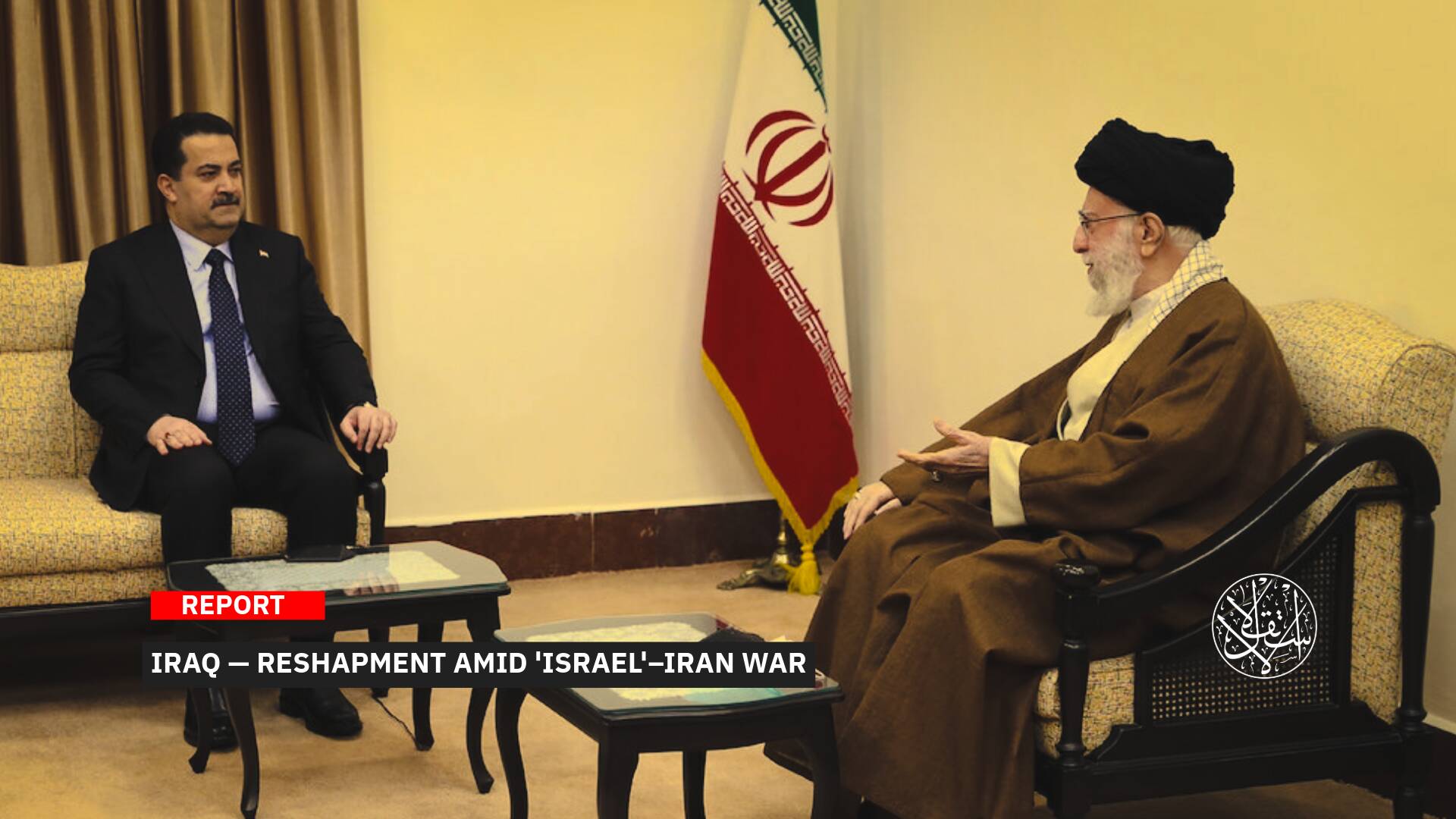‘Night Confusion’; Hebrew Media: This Is How the Resistance of Gaza Reached the West Bank

In recent days, a Hebrew website said that residents of three Palestinian villages in the Nablus area of the occupied West Bank have adopted one of the “confusion” methods used on the border fence in Gaza to harass settlers from the Gaza Strip and Israeli army soldiers.
News1 stated that “the method was invented by the Palestinians as part of the Great March of Return project, and in recent days, hundreds of residents of the villages of Beita, Beit Dajan and Yatma in Nablus carried out night-time confusion activities, like the Gazan youth, to accelerate the evacuation of the Givat Eviatar outpost that was established in the last weeks on the Palestinian mountain of Sabih.”
The news website stated that the “Night Confusion” activity includes burning tires, throwing stones and Molotov cocktails, bonfire parades at night, using fireworks, throwing pipe bombs, and making continuous noise through loudspeakers, to harass the residents of the Eviatar settlement outpost and to disrupt and mobilize Israeli soldiers who secure the outpost.
The activity, which is a local initiative, began immediately after the end of Operation Gatekeeper (Operation Al-Quds Sword) on May 21, 2021, and gradually developed into a major daily event that constitutes a dangerous source of friction in the West Bank between the Israeli army, settlers and residents of Palestinian villages.
Following this friction, two Palestinians from the village of Beita were killed during confrontations with the Israeli army forces in May 2021, and 25 others were wounded by live bullets.

National Awareness
News1 quoted a senior Fatah source as saying, “the movement’s senior officials say we intend to follow the method of ‘Night Confusion’ that has proven itself against other settlements in the West Bank, and this is a kind of legitimate popular resistance that we and Palestinian Authority President Mahmoud Abbas accept.”
The “Night Confusion” activity is common and does not require a lot of money and resources, and everything is done in a voluntary spirit and is intended to make life difficult for settlers and the Israeli Defence Forces (IDF) soldiers who protect them.
The Hebrew website considered that “Fatah movement aims, by adopting this method, to increase the national awareness of the residents of the West Bank in their opposition to the Israeli settlement project.”
He added: “The Israeli army fears that this activity will lead to an increase in escalation in the West Bank to serve the interests of Hamas, which wants to create a new Intifada in order to destabilize the Palestinian Authority, and the new political leadership in Israel also fears the US administration’s reaction to the illegal establishment of the Eviatar outpost.”
The site’s intelligence analyst, Yoni Ben-Menachem, indicated that sources in the Jewish settlement said that the outpost is being built by the settlement Nahala Movement with the support of the Samaria Regional Council, and that it is of great strategic importance to prevent the geographical link between the villages in the area.
He added that “about 50 permanent buildings have already been built in the outpost, and the Samaria Regional Council hopes that the new government, especially Prime Minister Naftali Bennett, will realize the importance of the outpost and find a legal way not to evacuate it.”
Ben-Menachem pointed out that “Foreign Minister Yair Lapid has already announced that the outpost will be evacuated soon, and security officials say that in the coming days the necessary legal procedures will be completed, and then the evacuation will take place.”

Political Decision
Meanwhile, Palestinians are mounting up the “Night Confusion” in order to pressure all parties involved to speed up the eviction. The eviction process is supposed to be very complex and will require many Israeli police forces.
Analyst Ben-Menachem concluded by saying: “The decision to evacuate is political in the end, but this event is supposed to be one of the new tests for the new government after it has safely passed the Dance of Flags test in Jerusalem.”
In the same context, Yedioth Ahronot newspaper indicated that this activity is inspired by Gaza and applied in the West Bank as part of the ongoing struggle of the residents of Beita village, south of Nablus, against the outpost of Eviatar.
The newspaper pointed out that as part of the “Night Confusion” in the village of Beita, every evening during the dark hours, dozens and sometimes hundreds of Palestinians gather near the center of the clashes, burn tires, throw pipe bombs that make powerful explosions, using lasers and powerful electric lamps, and mobilize the Israeli army forces.
The newspaper’s political analyst, Elior Levy, pointed out that “the demonstrations and violent clashes in the Beita area protesting the establishment of the settlement outpost led to the killing of 4 Palestinians in the face of the security forces, and the struggle is gaining momentum in the Palestinian media, especially in the media affiliated with Fatah and the Palestinian Authority.”
A local source involved in the activities of the “Night Confusion” said: “Israel must prepare about 14,000 bullets to kill all the inhabitants of Beita if it intends to take over the mountain. For 40 days now, the ‘hilltop boys’ have been coming to this mountain and trying to steal Palestinian lands.”
In an interview with Yedioth Ahronot, the source pledged, “we will intensify the confrontations and use armed struggle, and the IDF will respond to us with live fire. Our message to Israel is that we will not retreat and we will not surrender. We have reached a stage where we cannot return.”










